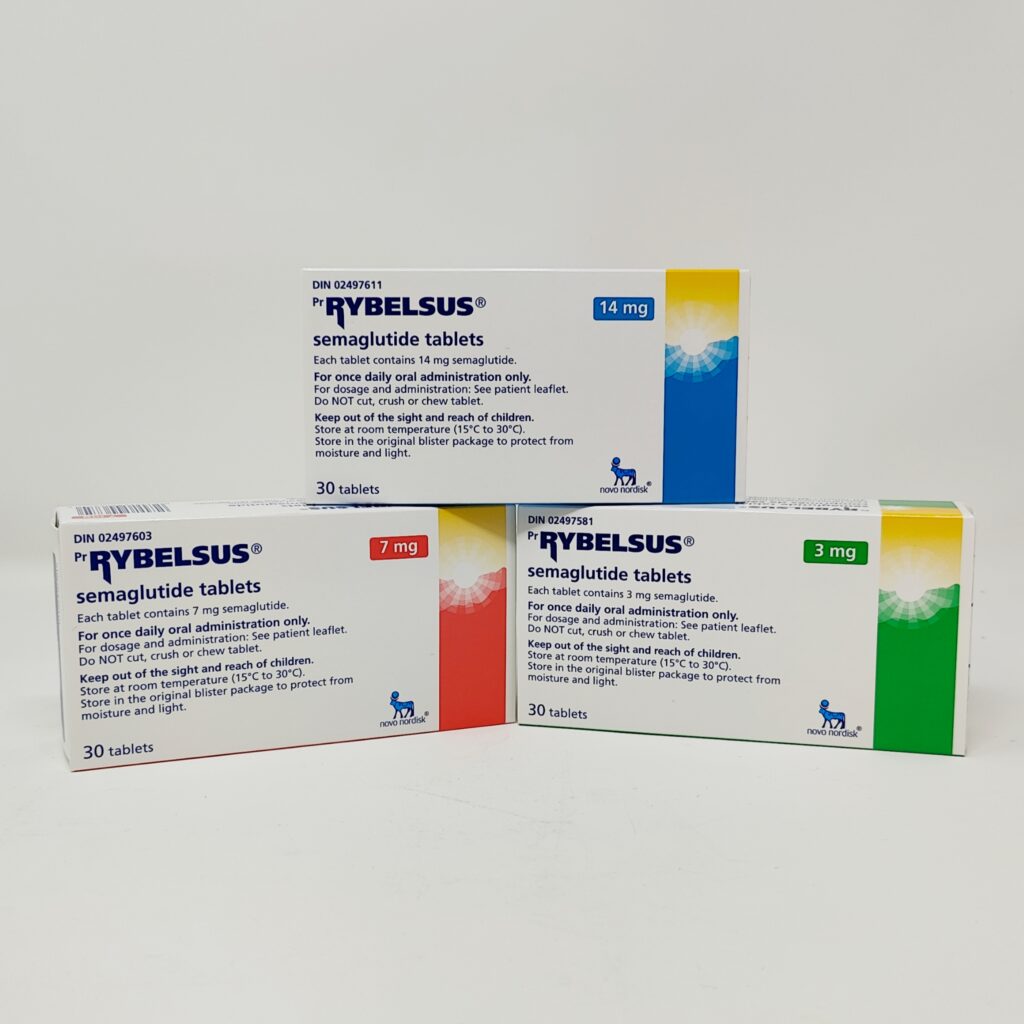When Will the Wegovy Pill Be Available? A Clear Timeline for Patients
When Will the Wegovy Pill Be Available? A Clear Timeline for Patients
Novo Nordisk has filed for U.S. approval of a once-daily oral semaglutide 25 mg (often nicknamed the “Wegovy pill”). The FDA has accepted the application and is expected to make a decision in late 2025 (Q4). If cleared, U.S. availability could begin shortly afterward, with broader access rolling into 2026 depending on launch logistics and payer coverage.
Why the buzz? Recent peer-reviewed data and company updates continue to show meaningful weight-loss results with the high-dose oral formulation, strengthening the case ahead of the decision window.
What the clinical evidence says (and why it matters for timing)
Trials such as OASIS-4 have reported significant average weight loss with 25 mg oral semaglutide versus placebo over 64 weeks. These results, published and analyzed this year, are a key part of the FDA review package and help explain why analysts expect a late-2025 decision. While efficacy isn’t the only factor regulators assess, positive outcomes support the likelihood of approval—contingent on safety, manufacturing controls, and labeling.
From decision to pharmacy shelves: what to expect
Even with an approval in Q4 2025, real-world timing depends on manufacturing scale-up, distribution, and payer processes. Novo Nordisk has signaled confidence in supply for an oral launch, but actual on-shelf dates can stagger by channel and plan. Many patients may see early 2026 as a practical horizon for widespread access. Meanwhile, competitors are moving fast with their own oral candidates, a dynamic that could influence pricing and availability.
Supply outlook vs. the shortages of the last few years
A common patient question: Will we see shortages again? U.S. regulators and major trackers indicate the worst of the GLP-1 shortages has eased, and oral semaglutide for diabetes (Rybelsus) wasn’t part of prior shortage lists. Still, any blockbuster launch can create short-term tightness. Patients planning a switch to the pill should talk with their prescriber about bridging strategies and ensure prescriptions are kept active and flexible.
Insurance coverage and cost: early expectations
Pricing and coverage won’t be final until after approval, but here are the likely beats:
List price vs. net cost: Initial list pricing may be high, with rebates and prior-authorization rules shaping out-of-pocket costs.
Medical policies: Plans that already cover injectable Wegovy may adapt criteria for the pill over weeks to months post-launch.
Competition effect: Oral rivals (like Lilly’s orforglipron in development) could nudge pricing and access over time.
If costs remain steep at U.S. retail, some patients compare cross-border prices once the pill is available in other markets. In those scenarios, U.S. patients sometimes use prescription referral services to legally import a personal supply (with a valid prescription) and compare total costs. Services such as Over the Border Meds help patients check pricing alongside U.S. options, but the best value depends on the final U.S. price, insurance status, and shipping logistics. (Speak with your prescriber before any switch.)
How to prepare now (patients)
1) Keep your prescription current. Ask your clinician to use the generic name “semaglutide” where appropriate so your script can map to either injection or oral, if and when you transition.
2) Discuss a transition plan. If you’re stable on an injection, review when (and whether) a switch to the pill makes sense for you—especially if you’ve had GI side effects in the past.
3) Budget for launch timing. Even after approval, coverage can lag. Plan for a few months of paperwork (prior auths, step therapy) and consider manufacturer savings programs if offered.
4) Compare total cost of care. Factor in visit copays, lab monitoring, and—if you explore cross-border pricing—the full landed cost (shipping, time, and supply duration rules).
5) Line up monitoring. Early months on any GLP-1 can include GI effects (nausea, vomiting). Build a plan for dose escalation, hydration, and follow-up. (Discuss red-flags like persistent abdominal pain with your clinician.)
1) Stay aligned with evolving evidence. Keep an eye on Q4 news, label specifics, and any post-marketing requirements.
2) Write flexible scripts. Using “semaglutide” with clear dosing and titration notes can ease transitions.
3) Plan for coverage workflows. Expect prior auths; prepare documentation on BMI, comorbidities, and lifestyle intervention.
4) Support affordability conversations. Patients will ask about pill vs injection costs, manufacturer programs, and, in some cases, comparing prescription referral service pricing if appropriate for their situation.
Wegovy pill vs. injection: what changes for patients?
Convenience: A once-daily pill avoids injections, which some patients prefer.
Dosing discipline: The oral form typically requires empty-stomach timing and consistent daily routines; injections are weekly.
Tolerability: GI side effects remain the most common; escalation schedules aim to improve tolerability.
Efficacy: High-dose oral semaglutide has shown robust weight loss in trials; individual responses vary, so shared decision-making is key.
Key dates to watch
Q4 2025: FDA decision window for oral semaglutide 25 mg for chronic weight management.
Late 2025–2026: If approved, staged U.S. availability; insurers update policies and prior-auth criteria.
2026+: Competitive oral GLP-1 entries may influence price and access, potentially improving availability over time.
Final Thoughts
For many, the Wegovy pill represents a practical path to GLP-1 therapy without injections. With an FDA decision expected late 2025, patients can use the coming months to get prescriptions current, discuss transition plans, and budget for initial coverage steps. After approval, compare your plan’s coverage with other legitimate channels as needed. If you do price-shop, a prescription referral service like Over the Border Meds can be one place to check comparative costs—ideally alongside a conversation with your prescriber about safety and continuity of care.
Staying informed now means fewer surprises later—so when the decision lands, you’re ready to choose the option that fits your health goals, routine, and budget.


